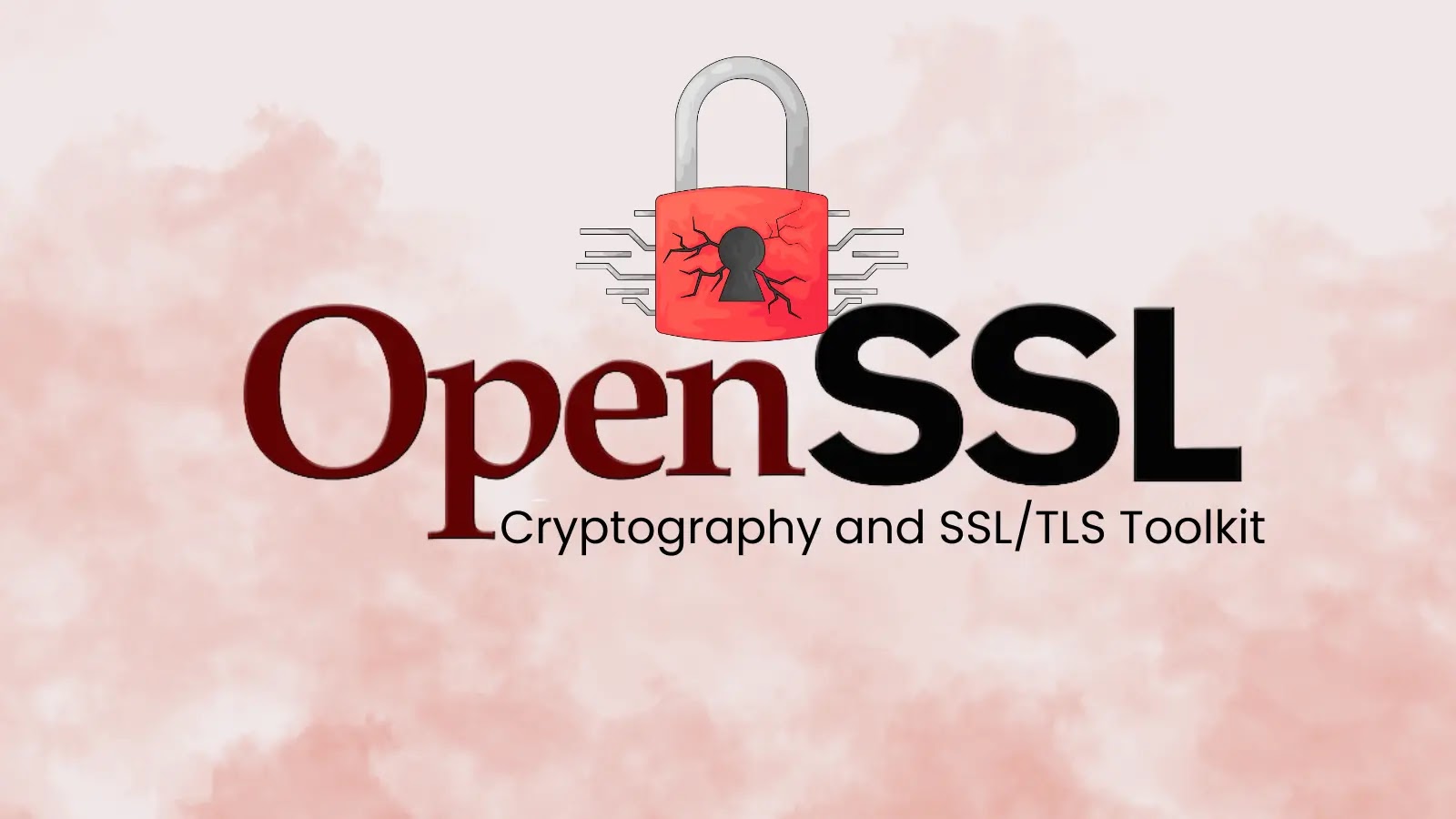
OpenSSL Vulnerabilities Let Attackers Execute Malicious Code and Recover Private Key Remotely
A significant alert has been issued by the OpenSSL Project, revealing critical vulnerabilities that pose a serious threat to the security of digital communications. These flaws, spanning multiple OpenSSL versions and platforms, could enable attackers to execute arbitrary code remotely and, alarmingly, recover private cryptographic keys. This development underscores the persistent challenge of maintaining robust security in widely used cryptographic libraries.
Understanding the OpenSSL Vulnerabilities
The recently disclosed security advisories highlight three distinct vulnerabilities within the OpenSSL framework. These issues, if exploited, could lead to severe consequences, including memory corruption, denial of service (DoS) attacks, and unauthorized access to sensitive cryptographic materials. The potential for remote code execution (RCE) and private key recovery elevates these vulnerabilities to a critical level, demanding immediate attention from system administrators and developers.
The core of these vulnerabilities lies in specific weaknesses within OpenSSL’s code implementation:
- Memory Corruption: Certain input patterns can cause OpenSSL to mishandle memory, potentially leading to crashes or allowing an attacker to inject and execute malicious code.
- Denial of Service (DoS): Exploiting specific flaws can lead to resource exhaustion or application crashes, rendering services unavailable to legitimate users.
- Private Key Recovery: Perhaps the most alarming aspect, some vulnerabilities could allow an attacker to reconstruct private cryptographic keys. This would compromise the confidentiality and integrity of encrypted communications and authenticated sessions, effectively nullifying the security provided by certificates and protocols like TLS/SSL.
Impact of Compromised OpenSSL Instances
The widespread adoption of OpenSSL means these vulnerabilities have a far-reaching impact. Millions of web servers, email servers, VPNs, and other applications rely on OpenSSL for secure communication. A successful exploit could lead to:
- Data Breaches: Recovery of private keys directly compromises encrypted data, allowing attackers to decrypt sensitive information.
- System Takeovers: Remote code execution can grant attackers full control over compromised systems.
- Service Interruptions: DoS attacks can cripple essential services, leading to significant operational disruption and financial losses.
- Reputational Damage: Organizations experiencing breaches due to these vulnerabilities face severe reputational harm and loss of customer trust.
Remediation Actions
Addressing these OpenSSL vulnerabilities is paramount for maintaining system security and data integrity. Immediate action is required to mitigate the risks:
- Patch Immediately: The most crucial step is to update OpenSSL to the latest patched versions as recommended by the OpenSSL Project. Consult the official OpenSSL advisory for specific version numbers and upgrade paths.
- Identify Affected Systems: Conduct a comprehensive audit of your infrastructure to identify all systems and applications that utilize OpenSSL. This includes web servers (Apache, Nginx), mail servers, VPN gateways, load balancers, and custom applications.
- Verify Patches: After applying updates, verify that the patches have been successfully installed and that your OpenSSL versions are no longer vulnerable.
- Monitor for Exploitation: Increase monitoring for unusual activity on systems running OpenSSL, looking for signs of exploitation attempts or successful compromise. Implement intrusion detection/prevention systems (IDS/IPS) and regularly review logs.
- Key Rotation: In cases where private key recovery is a concern, consider rotating cryptographic keys and re-issuing certificates for affected services after patching.
Reference Vulnerabilities
While the original source refers to “three significant vulnerabilities,” precise CVEs are not explicitly listed in the provided text. However, such announcements typically involve specific identifiers. For any OpenSSL vulnerability report, it is critical to consult the official OpenSSL security advisories for the exact CVEs. For example, a hypothetical critical vulnerability enabling RCE and private key recovery might be assigned a CVE like CVE-2023-XXXXX (please replace XXXXX with actual numbers from the official advisory). Always check the official OpenSSL website or the CVE Database for definitive information.
Tools for Analysis and Mitigation
Several tools can assist in identifying vulnerable OpenSSL instances and validating remediation efforts:
| Tool Name | Purpose | Link |
|---|---|---|
| Nmap (NSE Scripts) | Network scanner with scripts to detect OpenSSL versions and potential vulnerabilities. | https://nmap.org/book/nse.html |
| OpenVAS / GVM | Vulnerability scanner capable of identifying outdated OpenSSL installations and known vulnerabilities. | https://www.greenbone.net/ |
| Qualys SSL Labs Server Test | Tests public web servers for SSL/TLS configuration and potential weaknesses. | https://www.ssllabs.com/ssltest/ |
| Tenable Nessus | Enterprise-grade vulnerability assessment tool that can detect a wide range of software vulnerabilities. | https://www.tenable.com/products/nessus |
Conclusion
The recent OpenSSL advisories serve as a stark reminder of the ongoing need for vigilance in cybersecurity. Vulnerabilities allowing remote code execution and private key recovery within a fundamental cryptographic library like OpenSSL represent a severe risk to digital infrastructure globally. Prompt patching, thorough system auditing, and continuous monitoring are essential actions to protect against potential exploitation and maintain the integrity of sensitive data and communications.





